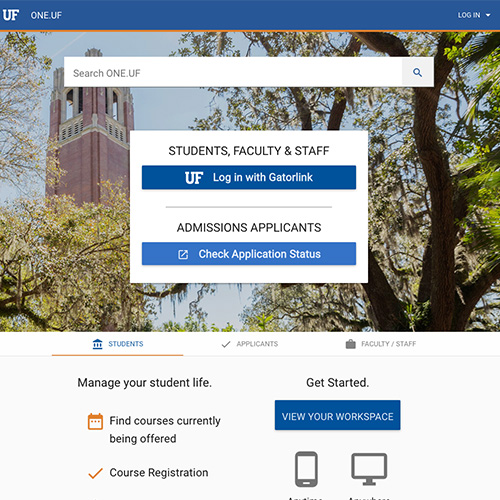FEAP 2h.- Adapts the learning environment to accommodate the differing needs and diversity of students
Printable Version (.pdf)
|
UNSATISFACTORY |
DEVELOPING |
ACCOMPLISHED |
EXCEPTIONAL |
| Each student sits at an assigned desk throughout the school day and there is little to no movement.
There is no talking permitted during work time. Students do not participate in any partner or group work. All lessons and instructional approaches planned are exactly the same techniques and strategies throughout the day.
|
There are both independent and grouped desks.
There are many anchor charts around the classroom for quick access. There is a big bulletin board next to the board. (M) There are many ethnicities represented in the class library. All students can see the board from their seats. Math manipulatives are easily accessible. The teacher allows the students to kneel in their seats. The teacher says, “You can choose a partner or do the activity yourself.” |
All of the loud activities are on one side of the class.
The computers are accessible to those who may need them more often. The bulletin board next to the board has the learning goals posted. (M) Students that have a hard time focusing are close to the front of the room. Students are allowed to choose their working partner. (D) Rasheed gets the math manipulatives from the shelf to aid him with his math worksheet. Various students have “wiggle seats” a their work stations. The students dance to the Macarena as a movement break between activities. |
There is a basket of headphones for students to use to block out noise.
A student with poor fine motor skills is typing their spelling test on the computer. There is a large space for students to work on the floor. There is a desk near the teacher’s teaching table for students needing more support. Students take the initiative to influence the formation or adjustments of instructional groups. (D) Students are eating their snacks at will throughout the morning without causing disruption. Tomas is doing stretches and jumping jacks in the center of the hula hoop in the back corner of the class because he needed a stretch break.
|
Where noted, examples based on:
“(D)” – Danielson C. (1996). Enhancing professional practice: A framework for teaching.
Alexandria, Va: Association for Supervision and Curriculum Development.
“(M)” – Marzano, R. J. (2007). The art and science of teaching: A comprehensive
framework for effective instruction. Alexandria, Va: Association for Supervision and Curriculum Development.
Resources:
http://www.scholastic.com/teachers/article/classroom-organization-physical-environment
http://www.education.com/reference/article/Ref_Teaching_Tips/
http://ezinearticles.com/?How-to-Teach-to-a-Diverse-Classroom-of-Students&id=436
http://projects.coe.uga.edu/epltt/index.php?title=Multiple_Intelligences_and_Learning_Styles
http://fod.msu.edu/oir/learning-styles-teaching-styles-multiple-intelligences




